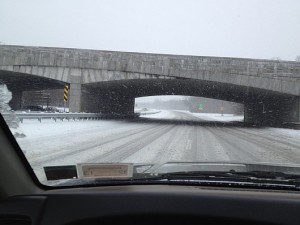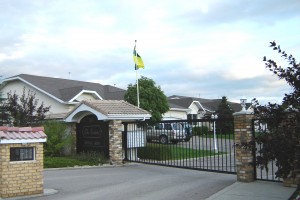Architecture shapes a majority of our everyday lives and is far more influential than most people realize. Built environments change our methods of travel, our homes, and accessibility to certain places. Whether intentionally or unintentionally, this power can be used to exclude and discriminate against people. The majority of people who face this are low-income people in cities, particularly African-Americans.
One notable example of built architecture restricting access was in New York. Robert Moses was in charge of creating low hanging overpasses on Long Island parkways. He purposefully built them low so that buses couldn’t fit under them on the way to Jones Beach. As the people that normally use public transport are low-income individuals, he effectively kept them off the beach. While not all examples are this extreme and many are not intentional, this serves to highlight just how powerful architecture can be.
Another way built environments influence people is with public transport itself, or lack thereof. Atlanta’s public transportation, MARTA, has been attempting to expand for many years. Suburbs outside the city have refused to let this happen, as they don’t want to become accessible to the people who typically use public transportation. This in turn harms low-income people even more as without public transportation they have no way of getting to potential better jobs outside of the city. The location of public transportation stops is another key factor in restricting access. If they are placed in a location that isn’t safe for pedestrians, it is a clear sign they are not welcome.
Suburbs are a prime example of an attempt to keep people out. They are filled with cul-de-sacs and subdivisions with only one entrance. These discourage anyone to enter without an explicit reason. Many lack prominent signs, which serves to confuse outsiders and dissuade them from traveling through. An extreme instance can be seen with gated communities. These make the “keep out” message very prominent. By creating this environment, people can control who resides in these locations.
A final example of discrimination can be seen in the roads around cities. Many are one way, directing traffic away from nicer neighborhoods. These also con confuse people unfamiliar with the area, discouraging them from coming that way. Sidewalks and bike lanes can be in short demand, alienating people without a car. If there is a particularly unpleasant part of the city, oftentimes roads will be run through the center of them, fragmenting them and displacing the people who lived there. Exit ramps can also serve this purpose, as well as directing people away from the better parts of the city.
Though these built environments may not be designed to be exclusionary on purpose, their effects can still be felt today. Architecture gives people an invisible power, as many people don’t consider the implications of something being designed a certain way. This allows it to be overlooked in courtrooms and by the law in general, further perpetuating the divide between the well-off people in suburbs and the low-income people living in slums.
SCHINDLER, SARAH. “Architectural Exclusion: Discrimination And Segregation Through Physical Design Of The Built Environment.” Yale Law Journal 124.6 (2015): 1934-2024. Academic Search Complete. Web. 20 Nov. 2015.



